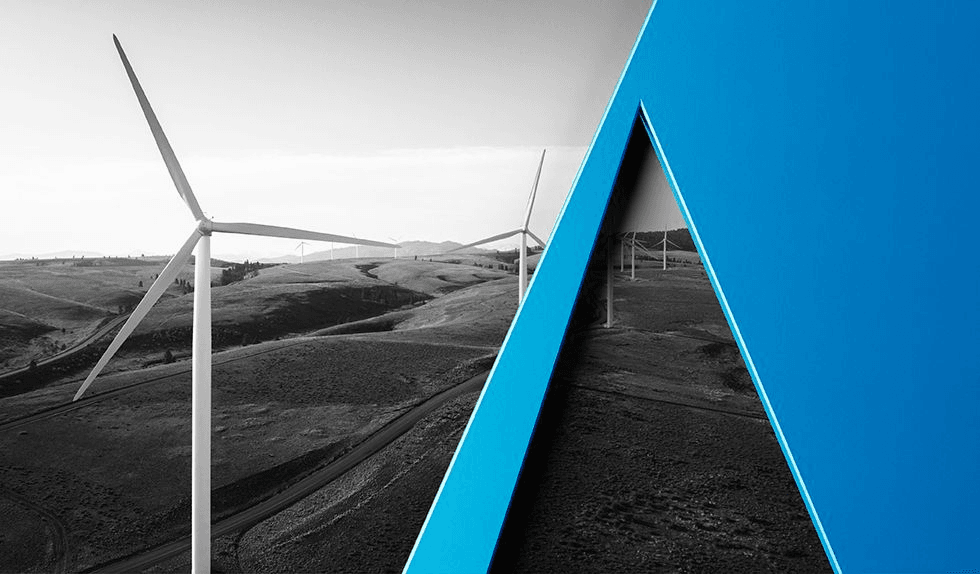The push begins with Biden’s Executive Order on Tackling the Climate Crisis at Home and Abroad, which sets forth a “government-wide approach” to combating climate change that “spurs well-paying union jobs and economic growth, especially through innovation, commercialization, and deployment of clean energy technologies and infrastructure.” To that end, the Order directs several key steps, including:
- Mandating federal agencies to “identify opportunities” for federal funding that “spur innovation, commercialization and deployment of clean energy technologies and infrastructure.” The White House will prioritize these opportunities in budget requests going forward, directing more money to low-carbon and carbon-neutral construction materials and inputs (e.g., concrete and steel), carbon capture and sequestration technology, energy storage systems, clean transit and transportation and electric vehicle charging infrastructure.
- Requiring agencies to submit “Climate Action Plans” to the new National Climate Task Force, led by National Climate Advisor and former U.S. Environmental Protection Agency (EPA) Administrator Gina McCarthy. These plans will push agencies to rethink their response to and preparation for the changing climate, including through use of their billions of dollars of purchasing power to increase federal facilities’ energy and water efficiency and to support green infrastructure and resiliency.
- Ensuring that federal infrastructure investment “reduces climate pollution” and that federal permitting decisions “consider the effects of greenhouse gas emissions and climate change.” In particular, the White House’s Council on Environmental Quality (CEQ) and Office of Management and Budget (OMB) must identify and report to the National Climate Advisor ways to “accelerate the deployment of clean energy and transmission projects in an environmentally stable manner.” The Order’s environmental justice initiatives also aim to ensure that at least 40 percent of the overall benefits of federal investments flow to disadvantaged communities, particularly with respect to clean energy and energy efficiency, clean transit, affordable and sustainable housing and the development of clean drinking water infrastructure, providing ample opportunities for project financing to connect the dots.
- Establishing an Interagency Working Group on Coal and Power Plant Communities and Economic Revitalization, charged with advancing federally funded projects—such as plugging abandoned wells and reclaiming abandoned mine land—that support communities most affected by the energy transition. The administration seeks to revitalize coal mining and power plant communities through grants and loans, technical assistance, financing, and procurement. Lacking capacity to reach all of these communities and displaced workers quickly, the government may look to public-private partnerships and the issuance of green bonds to help fill the gaps and put people to work.
We expect the Biden administration will continue to use executive powers to address infrastructure and climate issues throughout the next four years, but with Democrats controlling both the House and Senate, there are a number of paths forward for major infrastructure legislation, as well. If Congress is to pass infrastructure legislation, Democrats will need to focus on either crafting bipartisan infrastructure legislation that can attract enough Senate Republicans to get 60 votes or focus on developing infrastructure legislation that can fit within the confines on the budget reconciliation process, which requires only a majority vote in the Senate. Democrats are likely to first attempt a bipartisan approach to any infrastructure legislation, which would follow the year’s first reconciliation package targeted at COVID-19 and economic stimulus measures. But, they are unlikely to wait indefinitely for Republicans to come to the table when a second budget reconciliation remains available.
One piece of green infrastructure legislation that could gain some bipartisan traction is the “Clean Energy and Sustainability Accelerator Act,” expected to be introduced any day now by Democrats in both chambers. The bill would authorize $100 billion for a green bank to fund clean energy, zero-emissions transportation and other projects to reduce greenhouse gas emissions. A version of the bill passed the House last year as part of the Democrats’ massive infrastructure package that the Senate did not take up.
We will continue to monitor how federal agencies and the White House implement President Biden’s directives, particularly with respect to addressing legacy energy and brownfield sites and drinking water infrastructure. While much of this work relies on Congressional funding, one thing is certain: the Biden administration will seek to turn infrastructure greener than ever before, while stimulating the economic recovery and strengthening the nation’s climate resilience.



